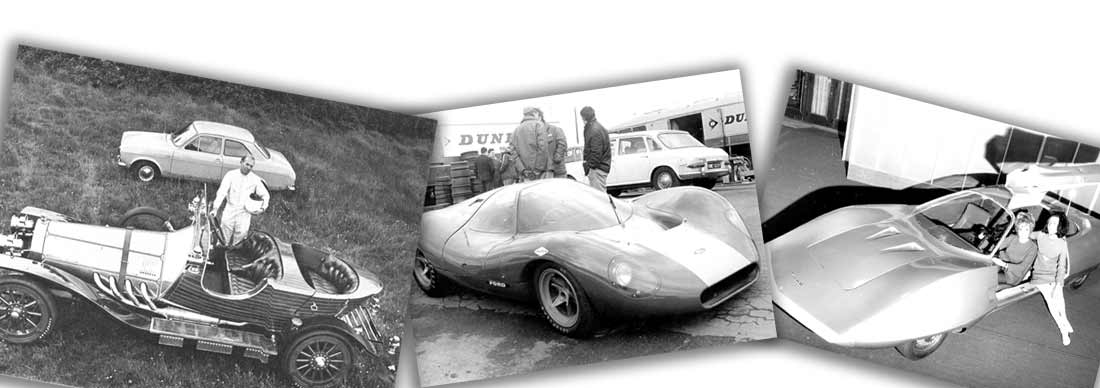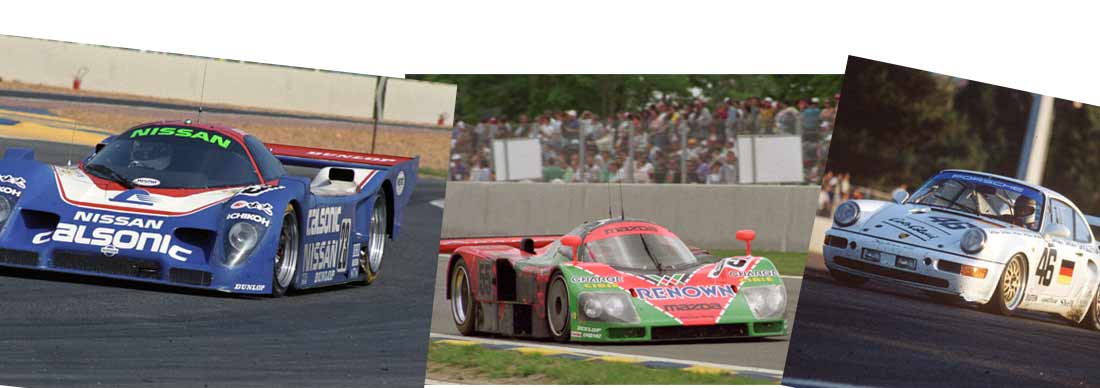
The Richard Hesetine Column - Interview with Alan Mann
He stretched self-deprecation beyond its elastic limits. Either that, or he was simply disinterested in what had happened decades ago. With Alan Mann, it was hard to tell. This sometime racer, team principal, and tycoon wasn’t the easiest of men to interview. It was not as though he was unfriendly, more that he would proffer no more words than he deemed necessary. As such, you would be obliged to stretch quotes to breaking point in order to write an article. Then, on publication, he would invariably phone and morph into Mr Loquacious. You couldn’t shut him up.
This was a source of frustration, but I liked him a lot even though I cannot profess to have known him well. There was one aspect of his career that really intrigued me, and he finally opened up the last time we chatted back in 2011. While his factory Fords won just about everything, everywhere, during the mid-to late-1960s, his brush with the film business was rarely celebrated; even less so by the man himself.

Having already played a marginal role in Goldfinger, having helped stage the car chase sequence in the Swiss Alps, he returned to Ian Fleming-rooted material on being asked to build cars for Chitty Chitty Bang Bang. ‘That all happened after [Ford motorsport supremo] Walter Hayes had been out for dinner with the film’s producer, Cubby Broccoli,’ he recalled.
‘The film people had been trying to do something with these old Bedford lorry chassis, to make them look like cars from the 1920s. It wasn’t working. I went to see their special effects people and told them to just draw what they wanted and we would make it at our place in Farnham. We built three cars with Ford Zephyr V6 engines for £80,000. These included one that was all-alloy. It was hung beneath a helicopter for the flying sequences.

‘We also did the cars used in a film called Doppelgänger. We went to the design studios at Ford and got some of the younger lads to come up with ideas of what they thought cars of the future might look like. We then picked one. Ford of Germany did us a scale model and we went away and made some cars: horrible bloody things with very heavy gullwing doors.’ The film is long-forgotten but the cars earned a degree of fame following subsequent appearances in the TV show, UFO.

As for Mann, there would be one further celluloid interlude. His fab but flawed Ford P68 sports-racer formed the basis for the brilliantly-named Honker that competed in the US in 1967. Built for Holman Moody (note no hyphen or &), and perhaps the only car ever to race in American Racing Lilac, this Can-Am car never prevailed despite Mario Andretti’s best efforts. Nonetheless, it did find silver screen immortality after being driven by Paul Newman in the so-so racing movie, Winning. ‘It was just a few bits from a GT40, the P68, and so on. It wasn’t very good,’ Mann dismissed matter-of-factly.
Asked if he was ever tempted to venture further into the business of show, his raised eyebrows spoke volumes. ‘No,’ he opined, palpably perishing the thought. ‘They’ve got a different mentality, that lot…’
Books by Richard Heseltine
Other blog posts by Richard:






Leave a comment
This site is protected by hCaptcha and the hCaptcha Privacy Policy and Terms of Service apply.